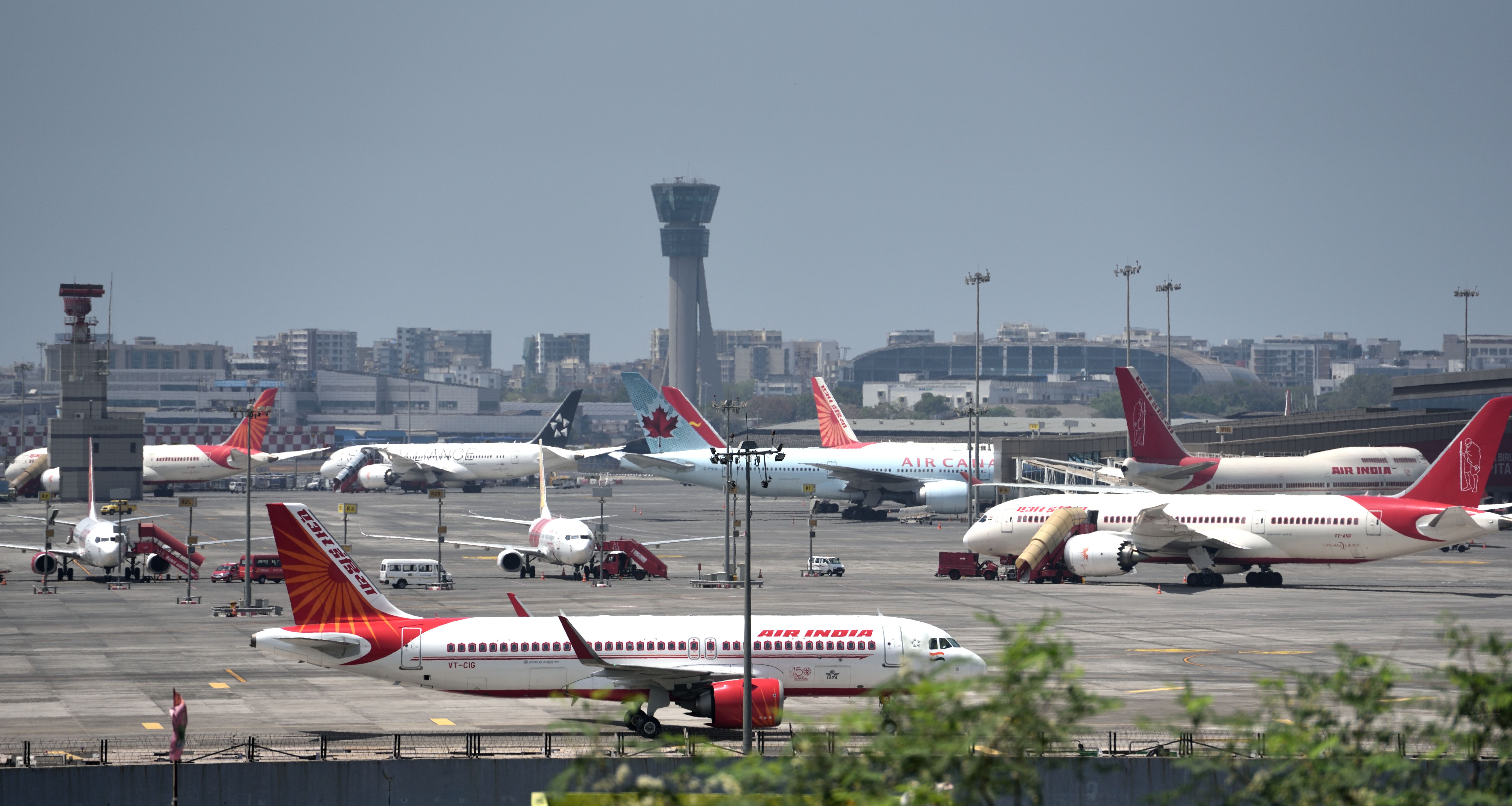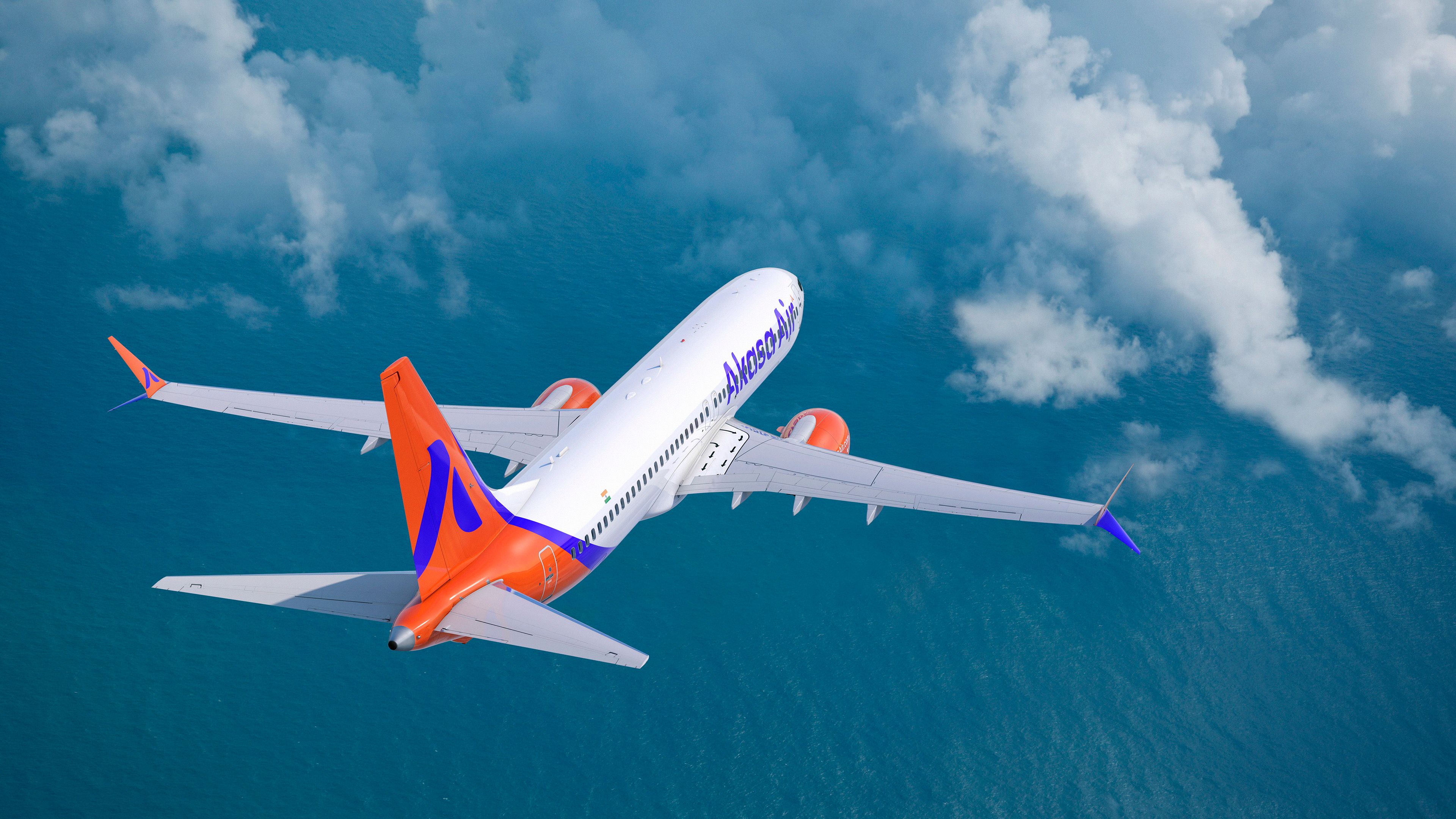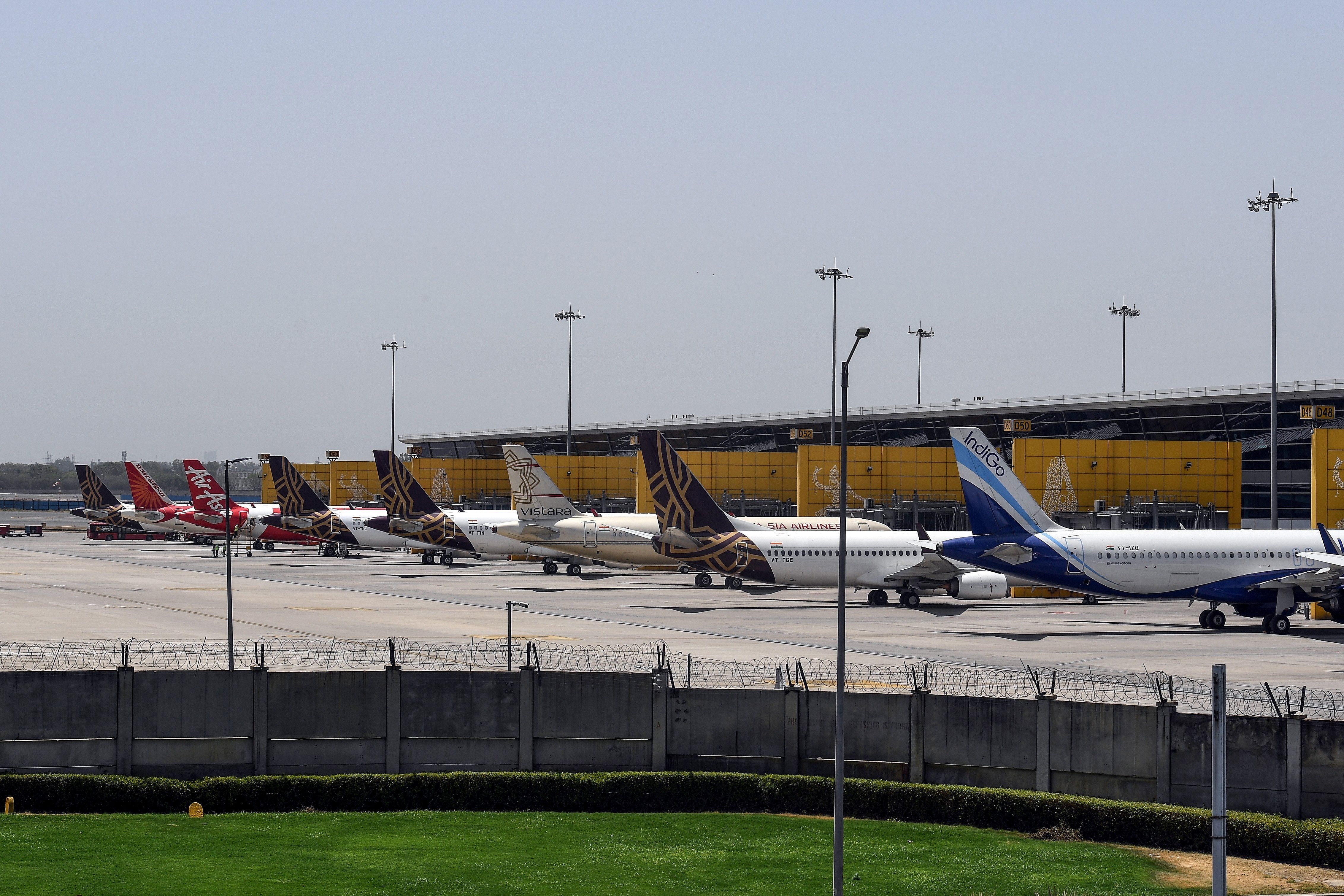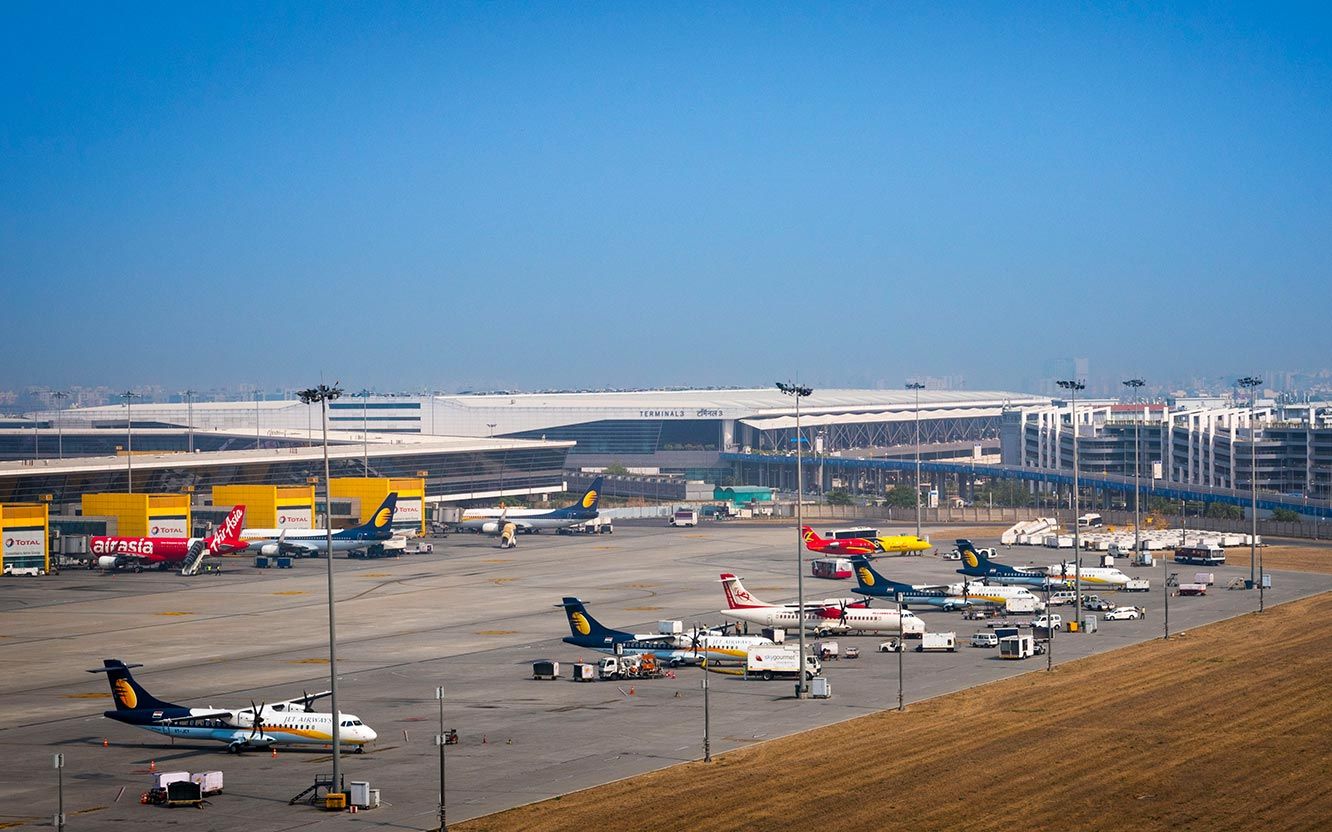India’s aviation story has seen significant highs and lows in the last few decades. From the post-liberalization private airline boom to the low-cost dominance shortly after entering into the 21st century, the country’s aviation sector has grown remarkably. But the competitive landscape also took down established players who couldn’t survive the race.
However, if the country’s aviation minister is to be believed, India’s airline industry is pretty much unstoppable for the foreseeable future.
Future looks good
On Sunday, India’s civil aviation minister Jyotiraditya Scindia virtually flagged off Akasa Air’s inaugural flight from Mumbai to Ahmedabad. The inaugural flight departed from Chhatrapati Shivaji International Airport (BOM) around 10:30, 25 minutes later than scheduled. However, data from the flight radar shows it made up time during the flight to Ahmedabad's Sardar Vallabhbhai Patel International Airport (AMD), arriving two minutes early at 11.23.
The minister also took some time out to highlight key developments in the country’s aviation sector and promising future prospects. While several challenges remain, there’s also the hope of a solid bounce back as Indians are increasingly taking to the skies, and passenger numbers are likely to reach the 400 million mark in the coming few years.
Impressive numbers
India will have around 1,200 airplanes and fly close to 400 million passengers (both domestic and international) in the next five years. Jyotiraditya Scindia projected enormous growth for India’s aviation sector and believes that the country is on its way to achieving these impressive numbers by 2027.
Follow Simple Flying for all the latest aviation news.
He reminded that India had around 400 aircraft in 2013, which rose to around 700 in 2021-22. Scindia also said that India will add 15% capacity every year, or about 100 to 110 airplanes annually. By 2017, it is likely to have 1,200 planes.
The government’s scheme to boost regional aviation has also paid off, contributing to nearly 200,000 flights in the last five years. More than 400 routes have been established connecting 67 underserved/unserved airports under the state-subsidized UDAN scheme.
As he flagged off Akasa Air’s first flight, Scindia saw this as a sign that the Indian market is recovering well after the pandemic and is projected to grow at a healthy rate.
220 airports by 2030
Of course, to host all the new flights and passengers, India’s airport infrastructure is also expected to receive a massive boost throughout this decade. While India had a little over 70 airports in 2013-14, that number has gone up in the last few years. Scindia thinks it could go as high as 220 by 2030.
India’s most populated state, Uttar Pradesh (UP), itself will soon have five international airports – a first for any Indian state. More than 60 air routes have been allotted to UP, and the state will now have much more connectivity under the regional connectivity scheme of the Centre, which will increase the number of new routes to 108.
With a growing middle class in India and a rapidly evolving aviation industry, Scindia’s projections seem quite plausible.
What are your thoughts on this? Please let us know in the comment section below.




